
- About Us
- Equipment
- Solution
- Cases
- News
- Service
- Contact us

Insight into the current events of the day and collect industry hotspots
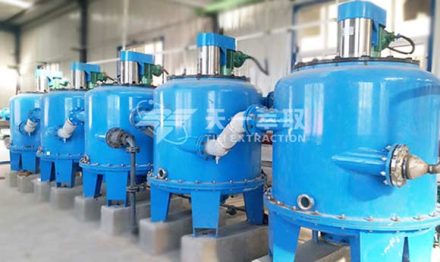
Crude nickel sulfate raw materials contain various metallic impurities such as iron, copper, and zinc, as well as free acids. To achieve efficient purification, extraction is currently the most ideal process route. This technology, through a series of processes including…
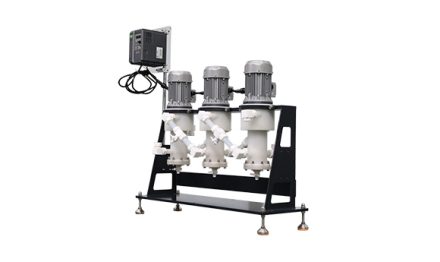
The treatment of 7% acrylic acid wastewater during acrolein production has always been a pain point in the industry. Traditional toluene azeotropic dehydration processes are not only energy-intensive, but also suffer from problems such as highly toxic azeotropic agents, high…
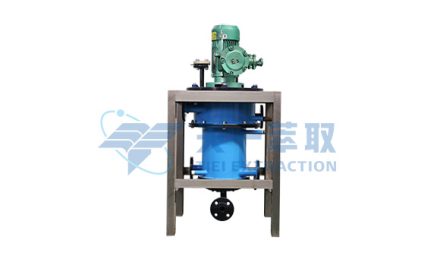
Aqueous phenolic resin, known for its excellent heat resistance, adhesion, and mechanical strength, is widely used in coatings, adhesives, friction materials and composite materials. One long-standing challenge in its production and application is the effective removal of unreacted free phenol.…
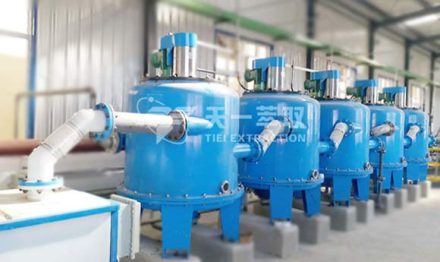
In industries such as hydrometallurgy, electroplating, and chemicals, large volumes of chloride-containing wastewater rich in iron (Fe) and zinc (Zn) are generated. This type of wastewater has a complex composition, and because iron and zinc exhibit similar chemical properties, their…
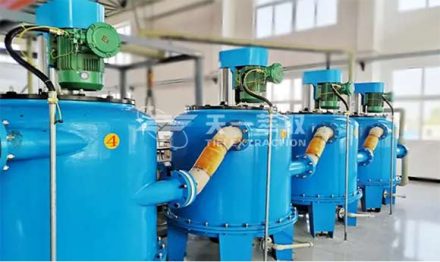
With the rapid growth of the pharmaceutical, dye, and cosmetics industries, p-aminobenzoic acid (PABA) has become an essential intermediate. However, the high-concentration, highly toxic, and poorly biodegradable organic wastewater generated during its production has become a serious environmental challenge and…
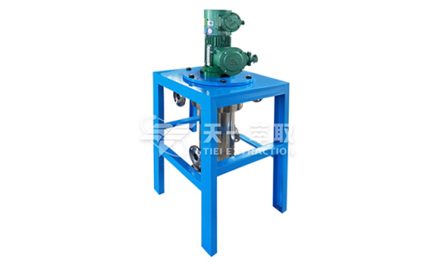
In the field of advanced metallurgy and strategic resource recovery, the extraction and purification of critical metals such as niobium, tantalum, and cesium are directly tied to the development of key industries including aerospace, new energy, and electronic communications. However,…


Leave your questions and we will get in touch with you as soon as possible